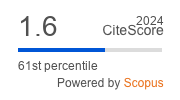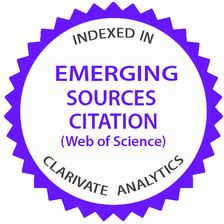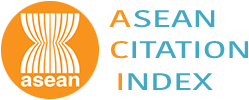Malaysian Journal of Mathematical Sciences, June 2025, Vol. 19, No. 2
Nearest Triangular Fuzzy Quantity Approximation of Trapezoidal Fuzzy Number with Vagueness in Lower Decision Level for Ranking Fuzzy Numbers
Peddi, P. B. R. and Abdullah, L.
Corresponding Email: ppeddi@gitam.edu
Received date: 5 August 2024
Accepted date: 4 February 2025
Abstract:
Fuzzy sets are crucial for tackling the inherent vagueness and uncertainty encountered in assessing parameters across various real-world applications, including project networks, transportation, and decision-making processes. While diverse types of fuzzy sets exist, trapezoidal and triangular membership functions are widely adopted because they represent uncertain parameters, handle imprecise data, and simplify numerical computations. However, decision-makers often face difficulties in differentiating between fuzzy numbers when the level of vagueness is low. Research has revealed that the y-coordinate of a generalized trapezoidal fuzzy number's centroid may not always fall within the expected interval, despite residing within the range $\left[\dfrac{1}{3}, \dfrac{1}{2}\right]$. Many existing ranking methods heavily rely on this centroid's $y-$coordinate, especially when $x-$coordinate-based ranking proves ineffective. These observations underscore the significance of acknowledging the inherent vagueness within the interval $\left[\dfrac{1}{3}, \dfrac{1}{2} \right]$ during the ranking of fuzzy numbers. This paper introduces an approximation operator designed to address these challenges. This operator transforms a trapezoidal fuzzy number into the nearest triangular fuzzy quantity, considering the vagueness at lower decision levels within the range $\left[\dfrac{1}{3}, \dfrac{1}{2}\right]$ rather than the conventional $[0, 1]$. This approximation is grounded in a defuzzification technique that utilizes the metric distance between fuzzy numbers. The concepts of value and ambiguity are introduced to derive a crisp value for ranking fuzzy numbers. Furthermore, the properties of the proposed nearest triangular fuzzy quantity operator are explored, and a comparative analysis with existing methods is conducted to validate its effectiveness.
Keywords: trapezoidal fuzzy number; triangular fuzzy quantity; approximation operator; decision-level; metric distance; value; ambiguity; ranking









